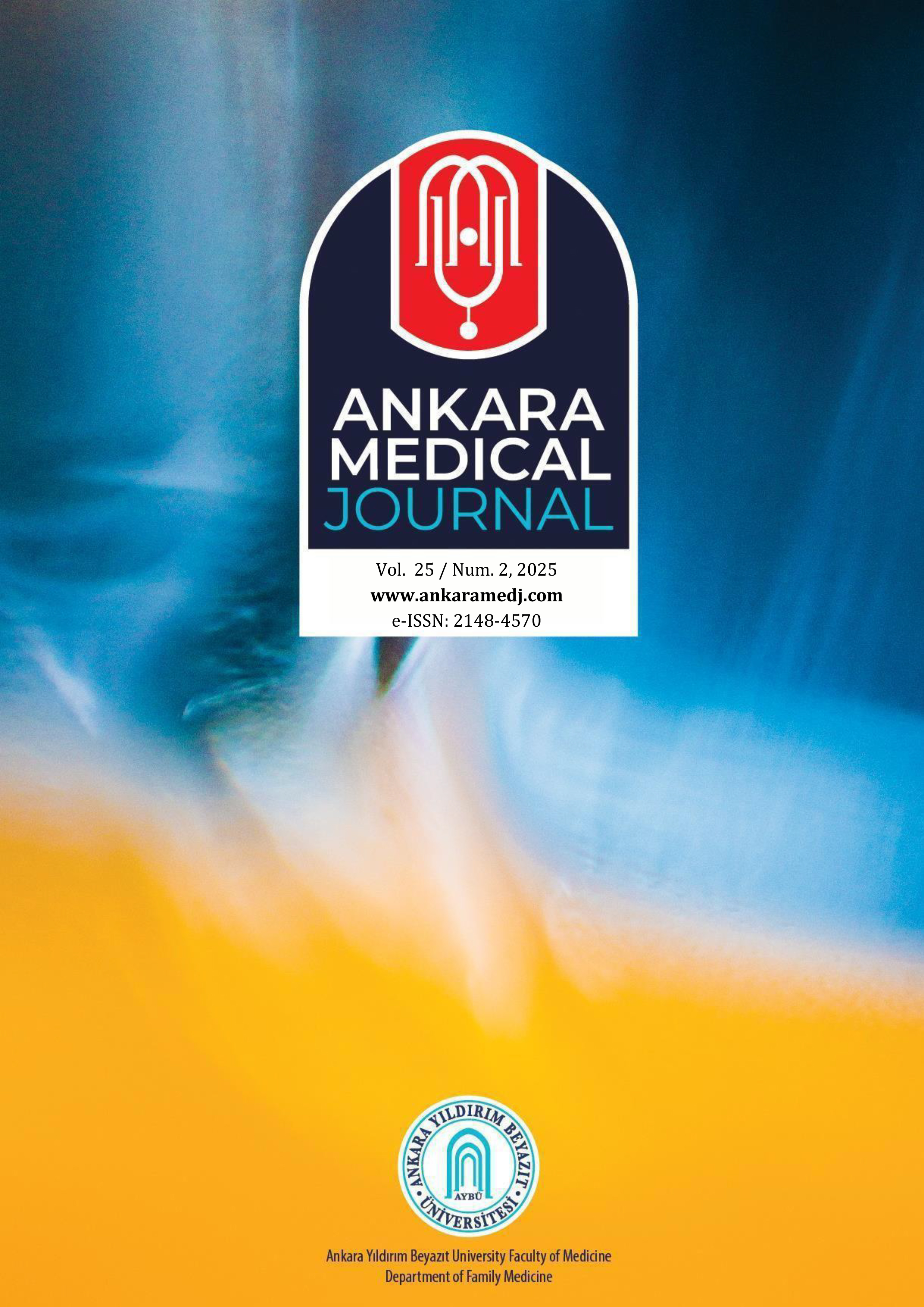COVID-19 Şüphesiyle Başvuran Hastalarda Baş Ağrısı Özelliklerinin Değerlendirilmesi
Özgül Ocak1, Erkan Melih Şahin21Çanakkale Onsekiz Mart Üniversitesi Tıp Fakültesi Nöroloji AD2Çanakkale Onsekiz Mart Üniversitesi Tıp Fakültesi Aile Hekimliği AD
GİRİŞ ve AMAÇ: Bu çalışmada COVID-19 enfeksiyonunda baş ağrısı sıklığını ve hastalığa özgü olup olmadığını belirlemek amaçlanmıştır.
YÖNTEM ve GEREÇLER: Kesitsel tanımlayıcı araştırmaya COVID Polikliniğine başvuran 18 yaş üstü tüm hastalar dahil edilmiştir. Hastalardan baş ağrısı şikayeti varlığı ve özelliklerine yönelik 18 soru yanıtlamaları istenmiştir. Bağ ağrısı tanı gruplarını ayırmak için ID MIGREN ölçeği ve Uluslararası Baş Ağrısı Cemiyeti tanı kriterleri, ağrı yoğunluğu için Vizüel Ağrı Skalası kullanılmıştır.
BULGULAR: Çalışma 440 katılımcıdan 208i (%47,27) kadındı. 273 ilk başvuru hastasından 44ünde (%16,12) pozitif RT-PCR sonucu alınmıştı. Başvuruları herhangi bir şikayete dayalı olan 301 hastadan 179unun (%59,47) baş ağrısı şikayetleri bulunuyordu. VASa göre ağrı yoğunluğu 5,86 ± 2,72 idi. Baş ağrısı bulunma oranları ya da ağrı yoğunluğu RT-PCR test sonuçları açısından anlamlı farklılık göstermiyordu. Baş ağrısı tanı grupları açısından RT-PCR test sonuçlarına göre anlamlı farklılık yoktu.
TARTIŞMA ve SONUÇ: Baş ağrısı COVID-19 hastalarında en sık yakınmalardan biridir. Çalışmamızda COVID-19 polikliniğine hastalık şüphesi ile başvuran hastalardan RT-PCR testi ile tanı alan ve almayan hastalar arasında baş ağrısı şikayetinin sıklık ve özelliklerinde farklılık yoktur.
Evaluation of Headache Characteristics in Patients Presenting with Suspected COVID-19
Özgül Ocak1, Erkan Melih Şahin21Çanakkale Onsekiz Mart University Faculty of Medicine Department of Neurology,2Çanakkale Onsekiz Mart University Faculty of Medicine Department of Family Medicine,
INTRODUCTION: This study aimed to determine the frequency of headaches in COVID-19 related hospital admissions and whether they are specific to the disease.
METHODS: All patients over the age of 18 who applied to the COVID Outpatient Clinic were included in the cross-sectional descriptive study. Patients were asked to answer an 18-item questionnaire about the presence and characteristics of headache complaints. The ID Migraine scale and International Headache Society diagnostic criteria were used for classification, and the visual Pain Scale was used for pain intensity.
RESULTS: Of the 440 participants, 208 (47.27%) were women. Of the 273 first applicant patients, 44 (16.12%) had positive RT-PCR results. Of the 301 patients whose applications were based on any complaint, 179 (59.47%) had headaches. According to VAS, the pain intensity was 5.86 ± 2.72. Rates of headache presence or pain intensity did not differ in terms of RT-PCR test results. There was no significant difference in headache diagnostic groups according to RT-PCR test results.
DISCUSSION AND CONCLUSION: The headache is one of the most common complaints in COVID-19 patients. In our study, there was no difference in the frequency and characteristics of headaches according to RT-PCR test among patients who applied to the COVID-19 outpatient clinic with suspicion of the illness.
Makale Dili: İngilizce
(906 kere indirildi)





